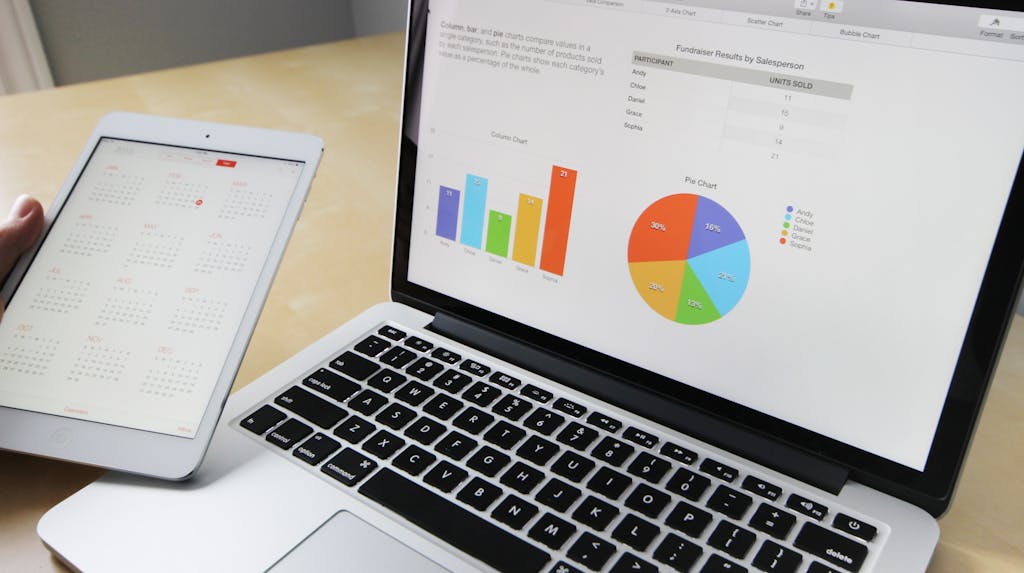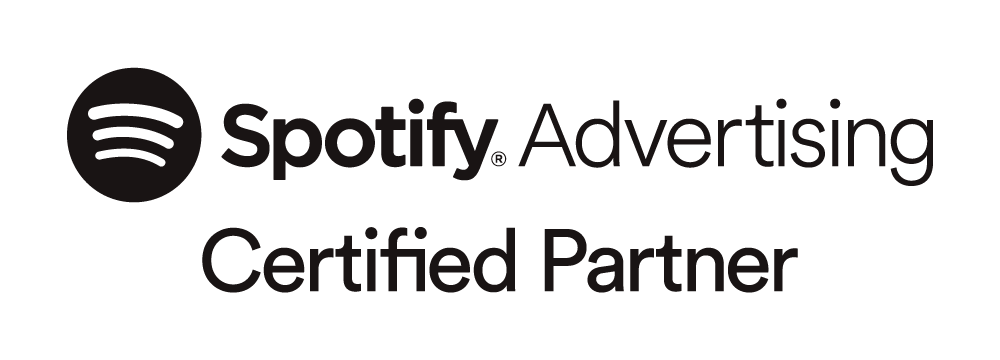
Data is no longer a “nice-to-have” for business decision-makers, it’s a “must-have.” Gone are the days of blindly spending marketing budgets without an understanding of return on investment. As managers and directors are forced to closely monitor budgets and optimize expenditures, having supportive data on the front-end and back-end of marketing outreaches is crucial. You’ve probably heard this famous quote from marketing pioneer John Wannamaker: “Half the money I spend on advertising is wasted, I’m just not sure which half.” This thought should fall under heavy criticism in today’s digital world. Digital marketing offers mountains of analytics and data to better track, inform, and optimize spending.
Data should be engrained at the beginning of your digital marketing strategy and throughout. Data offers a continual, endless loop of insights to improve marketing performance. The data itself is not what’s important. It’s how it’s applied.
There are an endless number of examples for how digital marketing agencies use data to inform strategy. It’s not only included to help set the table for success of a campaign, but it’s also used to better optimize and improve the campaign once fielded. Here are three examples of how to use data to better inform digital marketing strategies:
Example 1: Search Engine Marketing (SEM)
Utilize Google’s keyword tool to analyze data trends and seasonality of searches in your local market. You can also review suggested bid prices and competitiveness of terms. After the campaign is running, use the SEM data to scrutinize terms which incur a high cost per click (CPC), adjust terms with low quality scores (anything under 7 as deemed by Google), and analyze the impression share to see how many times your paid ad is served.
Example 2: Facebook Marketing
Use your customer profiling data (sales database, survey, etc.) to create a target audience. If you know your largest spending audience is females, aged 35 to 54, who enjoy gardening, use this data to recreate a targeted FB audience which offers great filters for demographics, behaviors, and interests. The benefit of digital marketing over traditional marketing is the ability to hyper-target audiences and behaviors and limit wasted spending. Why market to everyone through a paid FB boosted post when you can laser-focus your message? In addition, FB Insights provides you with a wealth of data as the campaign runs, which will highlight impressions, engagement and clicks. This data can be used for A/B testing to better inform the next round of creative.
Example 3: Choosing a Marketing Strategy
Not sure where to start with a B2C marketing or digital strategy? Reach out to a local agency who has access to consumer market data through Nielsen Scarborough®. Although this resource is largely known for television ratings and radio, the Nielsen survey covers so much more. Each DMA across the country collects about 2,000 completed surveys from local adults and administers a survey with each respondent covering everything from websites used, to the likelihood of adding solar panels to their household in the next 12 months.
Needless to say this Nielsen data can show you where consumers spend their time (Facebook, Pandora, local news sites, television, radio, newspaper) and a marketing consultant can provide you with very specific and very tactical approaches to ensure you spend your marketing dollars in the same areas your customers spend their time.
Syracuse Media Group is a digital marketing agency in Syracuse, NY. Our services include search engine marketing, search engine optimization, content marketing, and social media marketing to name a few. Questions about how our advertising can help grow your business? Contact us at sales@syracuse.com or by calling 315-470-0011.




